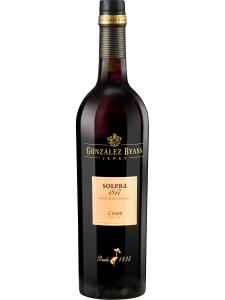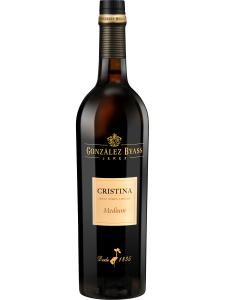Jerez de la Frontera, in a sun-baked corner of south-western Spain, is a city of long-standing wine traditions. It is the home of sherry and (now that the name is legally protected) of Sherry. All true Sherry comes from the vineyards around Jerez de la Frontera and the nearby coastal towns of Puerto de Santa Maria and Sanlucar de Barrameda. Together these three towns form the three points of the 'Sherry Triangle'.
Few wines can boast such a long and distinguished history as Sherry. The Jerez DO (Denominación de Origen) title was Spain's very first, awarded in 1933 and now managed by the Consejo Regulador de Jerez wine authority. Before this, the wines of Jerez had been popular for centuries, not just in Spain but in France (as Xérès) and England (as Sherry). Even today, the appellation title appears on bottle labels in all three languages, as "Jerez-Xérès-Sherry".
Sherry, and the numerous styles in which it is made, represents the coming-together of four key factors: climate, soil, grape varieties and winemaking techniques.
The soils found in Jerez vineyards can be broken down roughly into three key types. The most important is albariza – a white, light-texted marl composed of clay, calcium and marine fossils. This soil type is particularly valued for its high albedo (the amount of sunlight it reflects back up to the vines), as this helps to ripen the grapes. Under Andalucia's bright summer sun, albariza soils can be blindingly white. Their high moisture retention is also a significant boon, as this corner of Spain endures the hottest temperatures found anywhere on the entire Iberian Peninsula.
The other two soil types are barros and arenas. Barros is high in clay, with a little chalk, and found mostly at the foot of local hills. Arenas means simply sands, and is naturally found in most coastal areas.
Equally important as the soils here is the climate. This is strongly influenced by both the cooling effects of the Atlantic Ocean and the warmth that originates in the eastern plains. The moist coastal winds moderate temperatures – not only assisting in the preservation of vital acidity in the sherry grapes, but also providing natural air-conditioning for local wine cellars. This contributes to a slow and gradual maturation of the wines. The 300 days of sunshine that the region receives on average each year are also important in terms of achieving optimal ripeness for the grapes.
The three varieties on which Sherry is based are Palomino Fino, Pedro Ximenez and Moscatel de Alejandria (Muscat of Alexandria). Prior to the phylloxera crisis, a greater range of varieties were planted in the region; however, the infestation led to the homogenization of grapes, largely determined by which vines would graft to American rootstocks.
Manzanilla wines, which are produced in the area around Sanlucar de Barrameda, have their own specific Manzanilla DO title. They begin life as standard fino wine, but take on a particularly yeasty aroma from the thick flor that develops in the humid, slightly cooler climate there. The aroma is very distinctive, and redolent of briny sea air, bruised apples and chamomile (Manzanilla in Spanish).
Jerez's other claim to fame is its Brandy de Jerez. However, this is often made using grapes grown outside the region, particularly in Castilla-La Mancha and Extremadura.
Enjoy this video about the Jerez region, its history, vineyards and wines.



